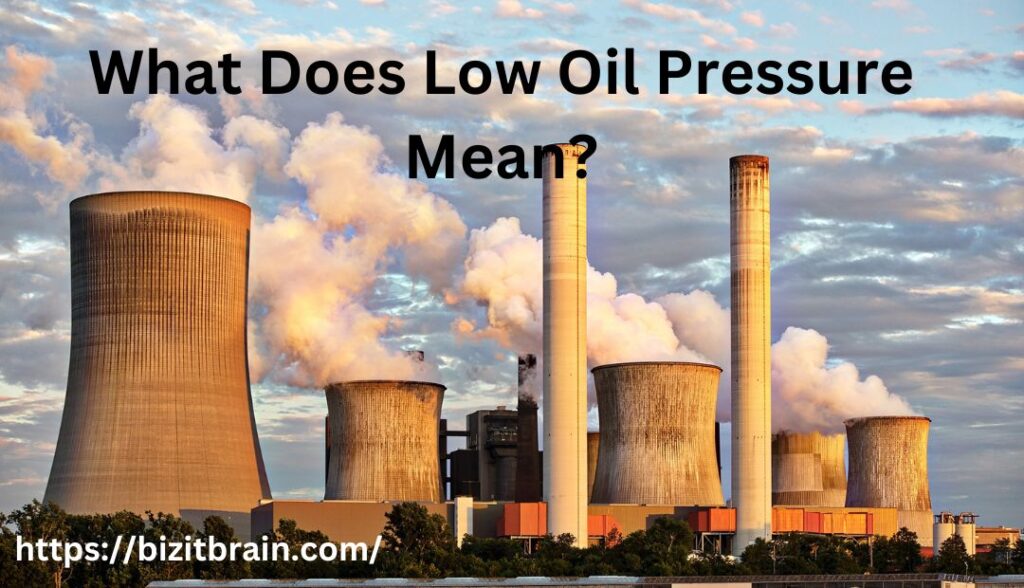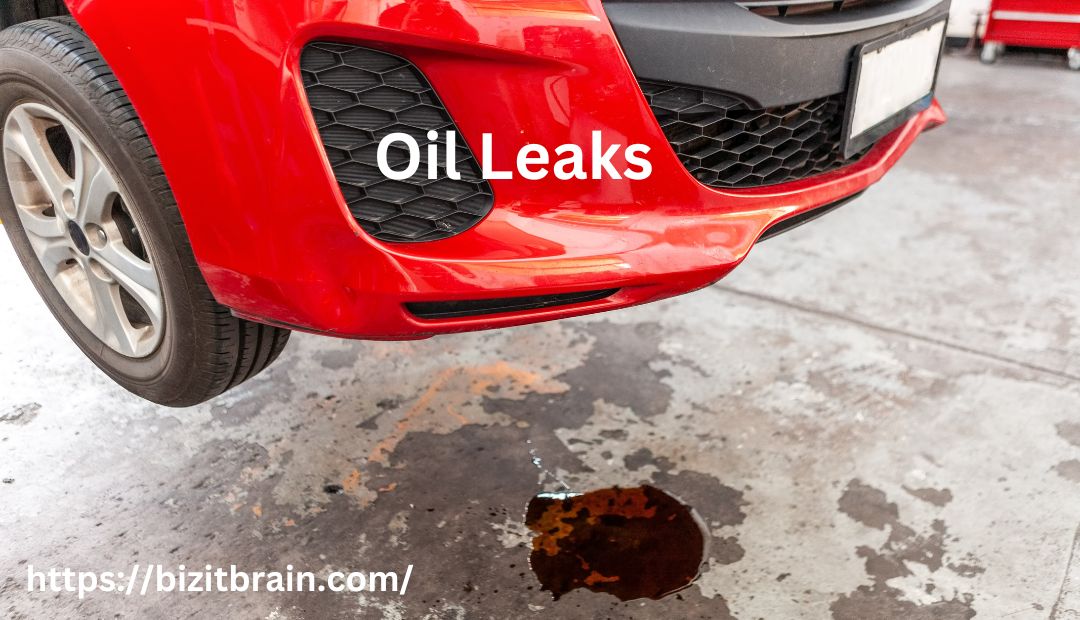
Vehicle’s what does low oil pressure mean is critical to its oil pressure gauge engine lubrication. When its warning light illuminates or your pressure gauge registers low levels, prompting immediate attention should be paid.
Low oil pressure indicates that it no longer effectively coats and reduces friction between moving parts, potentially leading to overheating, metal-to-metal contact and even blowout of a head gasket.
What does low oil pressure mean
Engine oil provides essential lubrication to the moving parts within your car’s engine, and low engine oil pressure indicates your car may not be getting enough lubrication. Without sufficient lubrication, friction and stress levels increase which could lead to costly repairs down the line. If your engine oil pressure falls below its dipstick mark, add additional engine oil based on what grade of oil was recommended in your owner’s manual.
Low oil pressure may also result from using the wrong type of engine oil, as different viscosities of engine oils differ, leading to pressure drops when the wrong kind is selected. Furthermore, improper engine oils won’t coat all moving parts evenly which may lead to metal-on-metal contact damaging your engine – you may even smell burning oil! Overheating may ensue and possibly result in a ruptured head gasket.
Oil Pump
Your oil pump generates pressure to circulate oil throughout your semi-truck engine, lubricating all its various parts and preventing premature wear. Furthermore, it supplies oil to the oil filter in order to remove impurities from your engine.
As soon as your engine’s oil pressure gauge begins to decline, a warning light or gauge on your dashboard should indicate it. When this occurs, immediate attention must be taken as lack of lubricant could lead to metal-on-metal contact and possible engine failure within hours or minutes.
Low oil levels are usually the source of low oil pressure warnings. But other issues, including an underperforming or failing pump can also result in this alert and should be dealt with quickly by an expert who knows your vehicle model’s make and model – they’ll conduct a comprehensive inspection to restore normal levels.

Oil Leaks
If the oil pressure gauge in your vehicle is reading low, it could be time for professional inspection. This could be caused by various issues including oil leakage or blocked engine oil passages; or an oil pump issue which has rendered itself nonfunctional.
If the oil pressure gauge on your dashboard flickers, this is an urgent sign that your engine requires immediate attention. Without adequate lubrication of its essential components, catastrophic engine failure could occur quickly.
Overtimes, an engine leak or failing oil pump can result in low engine oil pressure; further compounded by a dirty or malfunctioning oil filter blocking motor oil flow. Over time, these conditions can lead to reduced lubrication, increased heat output and premature wear that is costly to repair – hence why regular oil changes and monitoring your oil pressure indicator is vitally important in keeping your engine healthy.
Oil Filter
Engine oil must reach every corner and compartment in your vehicle’s engine for proper lubrication, which requires enough oil pressure to force circulating oil to these areas and coat them completely. Otherwise, unlubricated metal surfaces could come into direct contact and create excessive friction and heat that could result in serious engine damage.
When your oil pressure light illuminates, this indicates low oil pressure in your car and should serve as a warning sign that immediate attention must be sought from an auto repair shop.
Engine oil what does low oil pressure mean is viscosity plays a vital role in keeping your engine healthy, and should always follow what is recommended by its manufacturer in its owner manual. An incorrect viscosity could reduce oil pressure or contribute to leaks; an inappropriate viscosity could even reduce oil pressure too much and potentially result in decreased flow resistance causing more resistance for flow than specified resulting in oil pressure decrease.